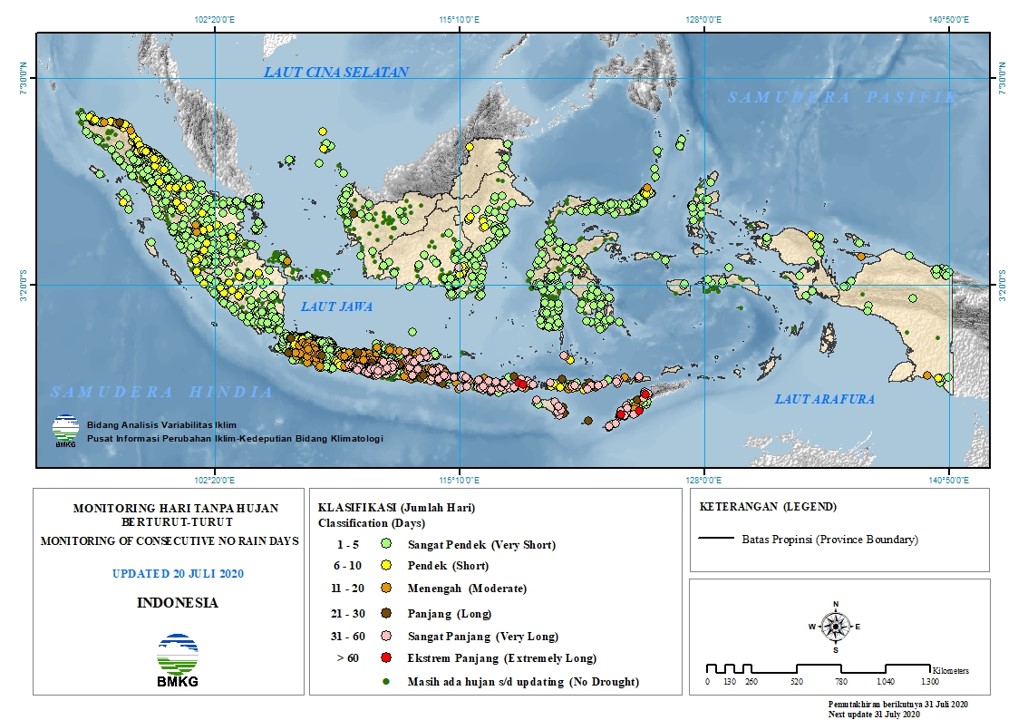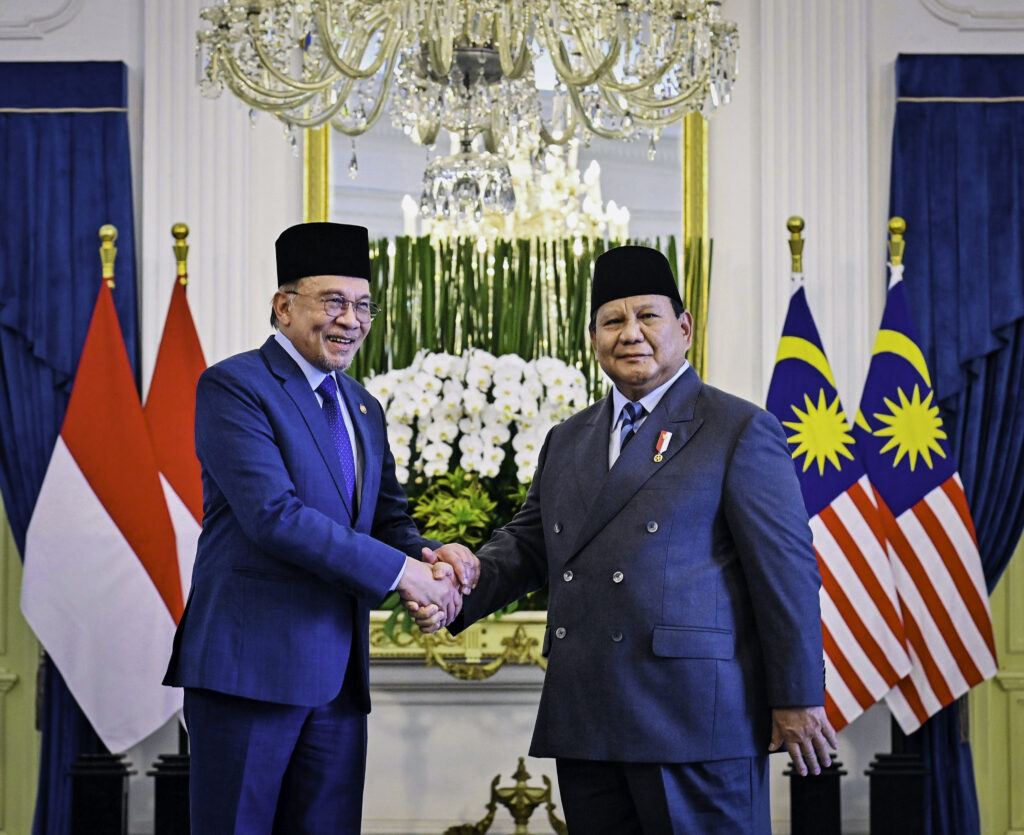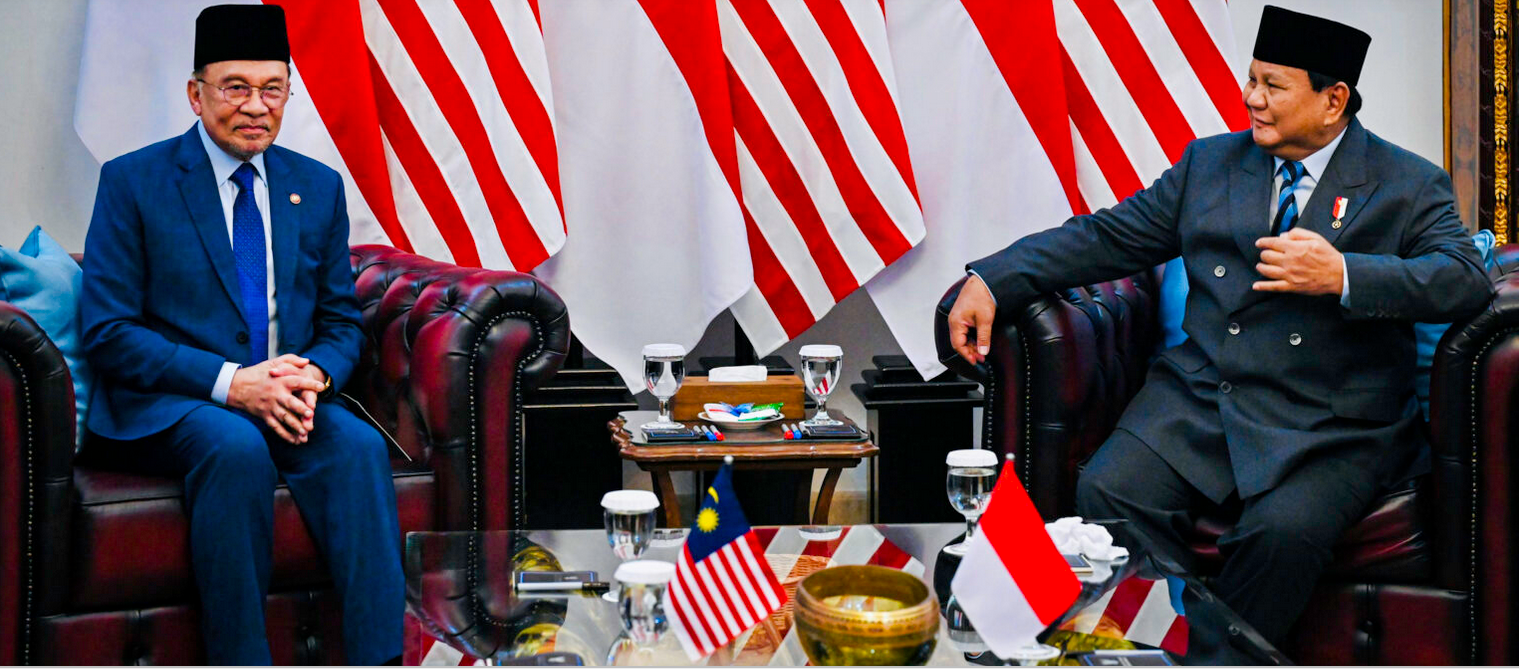BMKG Warns Meteorological Drought in 4 Regencies

Monitoring of Consecutive No Rain Days. (Photo by: Meteorology, Climatology, and Geophysics Agency).
Based on the Meteorology, Climatology, and Geophysics Agency (BMKG) monitoring results as of 20 July 2020 or the second dasarian (10 days) of July, approximately 69 percent of the 342 Season Zone (ZOM) areas in Indonesia had entered the dry season that is in line with the dominance of the dry Australian Monsoon wind circulation which blows from the east to southeast.
The areas that have entered the dry season include: East Nusa Tenggara, West Nusa Tenggara, Bali, East Java, most parts of Central Java and West Java, north coast of Banten, Jakarta, eastern parts of South Sumatra, eastern parts of Jambi, most parts of Riau, most parts of North Sumatra, east coast of Aceh, southern part of Central Kalimantan, eastern part of East Kalimantan, northern part of South Kalimantan, southern part of West Sulawesi, south coast of South Sulawesi, northern part of North Sulawesi, western part of Maluku, eastern part of West Papua, and southern and northern parts of Papua.
Of the areas that have entered the dry season, 30 percent of ZOM has experienced meteorological drought based on the indicator of consecutive days without rain (HTH) or series of dry days varying from 21 to 30 days, 31 to 60 days, and above 61 days.
Areas with the series of dry days of more than 30 days are, among others:
- Bali (Bangli, Buleleng, Karangasem, Klungkung, and Denpasar);
- Special Region of Yogyakarta (Bantul, Gunung Kidul, Yogyakarta, Kulonprogo, and Sleman);
- Central Java (Karanganyar, Kebumen, Klaten, Purworejo, Sukoharjo, and Wonogiri);
- East Java (Bangkalan, Banyuwangi, Bondowoso, Gresik, Jember, Kota Surabaya, Lamongan, Madiun, Magetan, Malang, Mojokerto, Ngawi, Pacitan, Pamekasan, Pasuruan, Ponorogo, Sampang, Sidoarjo, and Situbondo);
- West Nusa Tenggara (Bima, Bima City, West Lombok, Central Lombok, East Lombok, North Lombok, Sumbawa, and West Sumbawa);
- East Nusa Tenggara (Alor, Ende, East Flores, Kupang, Lembata, West Manggarai, Nagekeo, Ngada, Rote Ndao, Sikka, Southwest Sumba, East Sumba, and North Timor Tengah); and
- South Sulawesi (Selayar Islands)
Meanwhile, areas with the series of dry days of more than 60 days (two months) are, among others:
- East Nusa Tenggara (Belu, Kupang City, and South Timor Tengah);
- West Nusa Tenggara (Dompu)
Based on the aforementioned dry conditions, adding with low rainfall that is forecasted to hit the regions in the next two dasarian, the BMKG has issued an early warning on meteorological drought to the Regional Governments and related ministries/institutions.
In the early warning letter which was issued by the BMKG’s Deputy for Climatology on 24 July 2020, there are three regencies/cities in East Nusa Tenggara and one regency in West Nusa Tenggara that have the highest risk of meteorological drought, with an alert level of AWAS (danger). The areas are, among others: Kupang City, Belu Regency, South Timor Tengah Regency, and Dompu Regency. On the other hands, as many as 58 regencies/cities are on an alert level of SIAGA (watch) located in provinces of East Nusa Tenggara, West Nusa Tenggara, Bali, East Java, Central Java, Special Region of Yogyakarta, and South Sulawesi.
When most parts of southern Indonesia that experienced dry season must be aware of the potential of meteorological drought, other regions which have not entered dry season yet, particularly that lie near the equator had the potential to get relatively heavy rainfall ranging from high to extremely high category that may cause a flood.
Based on BMKG probabilistic rainfall forecasts that has been overlaid on a map of flood-prone areas made by the Geospatial Information Agency (BIG) and the Ministry of Public Works and Public Housing (PUPR), some areas such as parts of Central Sulawesi and Papua have the potential to be flooded with a ‘high’ category in the third dasarian of July.
Meanwhile, parts of Aceh, North Sumatra, West Sumatra, West Kalimantan, South Kalimantan, East Kalimantan, North Sulawesi, Gorontalo, Central Sulawesi, West Sulawesi, South Sulawesi, Southeast Sulawesi, Maluku, North Maluku, West Papua, and Papua, are at ‘medium’ risk of flood. (Meteorology, Climatology, and Geophysics Agency (BMKG) PR/EN)
Translated by : Rany Anjany
Reviewed by: Yuyu Mulyani








